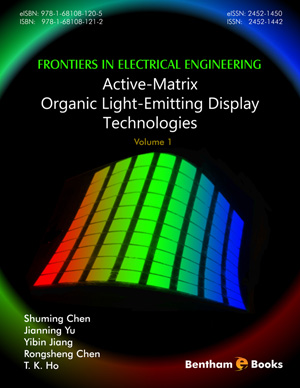Abstract
Organic Light Emitting Diodes (OLEDs) emerged 30 years ago as a very promising flat-panel display technology because of their lots of advantages. OLEDs consist of several nanometer-scale thin films between anode and cathode, which can be integrated on various substrates, especially the ultra-thin and flexible substrates. As a result, OLEDs present advantages of high efficiency, lightweight, fast response time, wide viewing angle, vivid color, high contrast and etc. After development of technology improvement over past several decades, enormous progress has been made to promote OLED products to be launched into market. In this chapter, we review the development history of OLEDs, with special emphasis on several key technical innovations which significantly advanced the industrialization. From two main application filed of display and lighting, we describe the working mechanism, technical development, advantages and disadvantages, and production status of OLED technology.
Keywords: Composite cathode layer, Display, Electrical doping, Electroluminescence (EL), Emitter doping, Flexible OLED, ITO surface treatment, Light outcoupling, Lighting, Multilayer structure, Organic lightemitting diode (OLED), Phosphorescent emitter, Thermally activated delayed fluorescence.





















